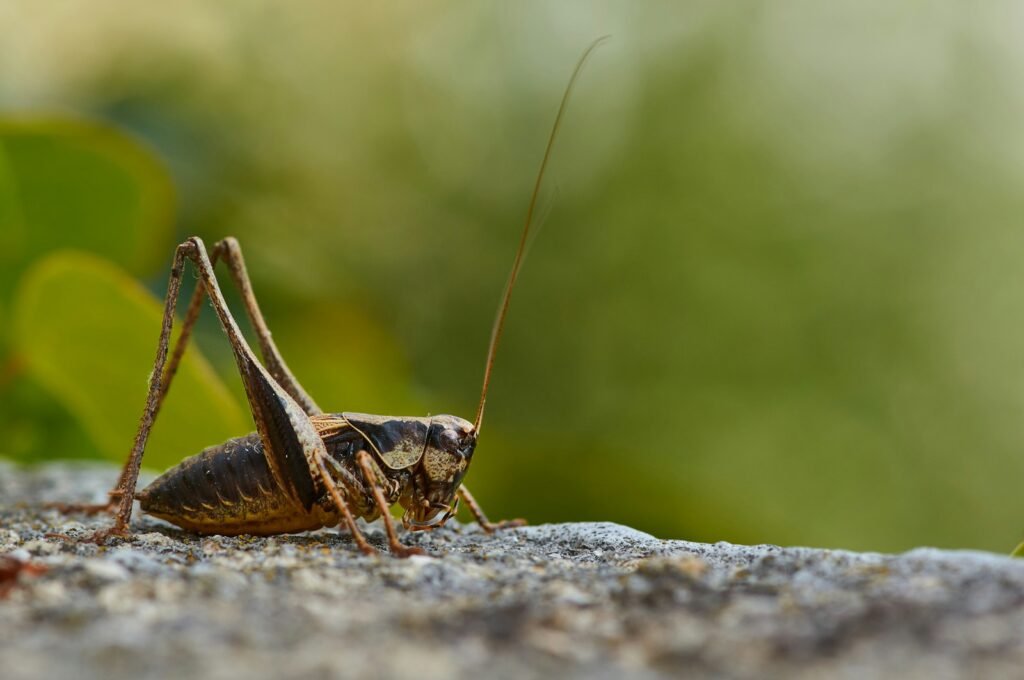Imagine peering into the mouth of a living vase in the forest—its rim glistening with nectar, its walls slippery as glass, and at the bottom, a dark mysterious pool. What if I told you there’s an entire world swirling within that tiny chamber? The pitcher plant, often admired for its striking beauty and deadly cleverness, is far more than a mere insect trap. This carnivorous wonder hosts its own thriving ecosystem, teeming with creatures and secrets that challenge our very notions of how life can flourish in the most unexpected places.
The Astonishing Design of a Living Trap
The pitcher plant’s shape isn’t just for show; every curve and color is a masterstroke of evolutionary engineering. Its tubular leaves form a deep cavity filled with digestive fluids, creating a deadly pitfall for wandering insects. The rim, or peristome, is often slick with nectar, luring victims to their doom. Yet, the plant’s design is not just about catching food—it also creates a protective haven for a host of tiny organisms. The walls are so smooth that even the craftiest ant can’t escape once it slips inside, but for some species, this dangerous pit is home sweet home.
Rainforests and Bogs: Where Pitcher Plants Rule

Pitcher plants flourish in some of the world’s most challenging environments—nutrient-poor bogs, swamps, and rainforests. These habitats are low in nitrogen, a key nutrient for most plants, which is why pitcher plants evolved their carnivorous habits in the first place. By supplementing their diet with captured insects, they survive where others would wither. But these locations are also teeming with other forms of life, creating the perfect stage for miniature dramas inside every pitcher. The humid air, dappled sunlight, and constant moisture help support the complex web of life hiding within these natural traps.
Insects: Visitors, Victims, and Residents
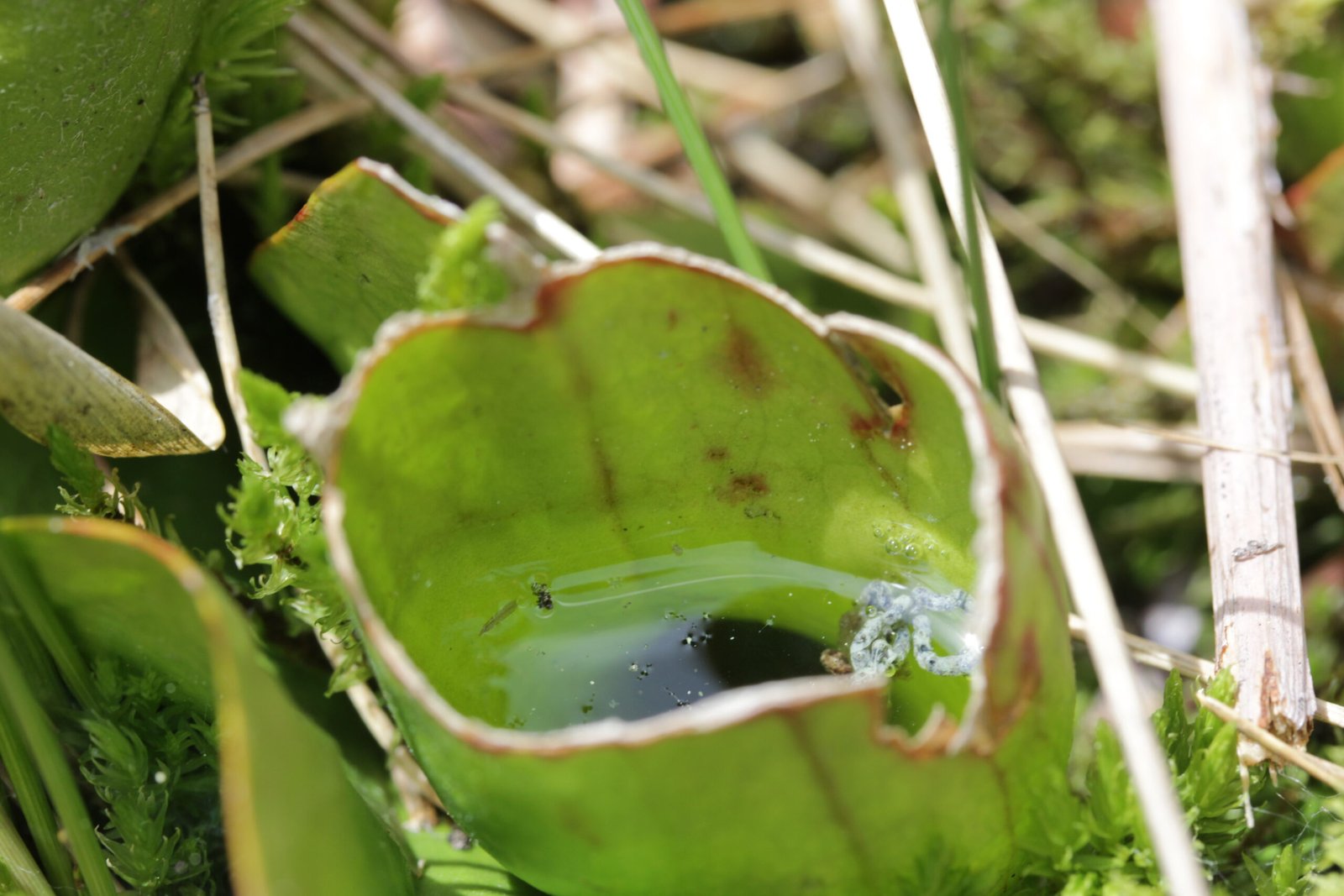
At first glance, insects appear to be the main characters in the pitcher plant’s story—drawn by sweet nectar, they tumble inside and become a meal. Yet, not all insects meet a gruesome end. Some species, like the mosquito larvae of the genus Wyeomyia, have adapted to live quite happily in the pitcher’s pool. These larvae wriggle through the liquid, feeding on detritus and even other trapped insects. Certain midges, flies, and beetles have evolved resistance to the digestive enzymes, allowing them to thrive where others perish. The very insects meant to be food sometimes become part of the plant’s internal community.
Bacteria: The Microscopic Powerhouses
Beneath the surface of the pitcher’s liquid, an unseen army gets to work. Bacteria swarm in the digestive pool, helping to break down the soft tissues of trapped prey. This microbial action is vital—the plant’s own enzymes are often not enough to fully digest the complex bodies of insects. Some bacteria are so specialized that they exist solely within pitcher plants, perfectly tuned to the acidic, enzyme-rich environment. Without these microscopic helpers, the pitcher plant would struggle to unlock the nutrients it so desperately needs from each captured meal.
Protozoa: Tiny Predators and Cleaners
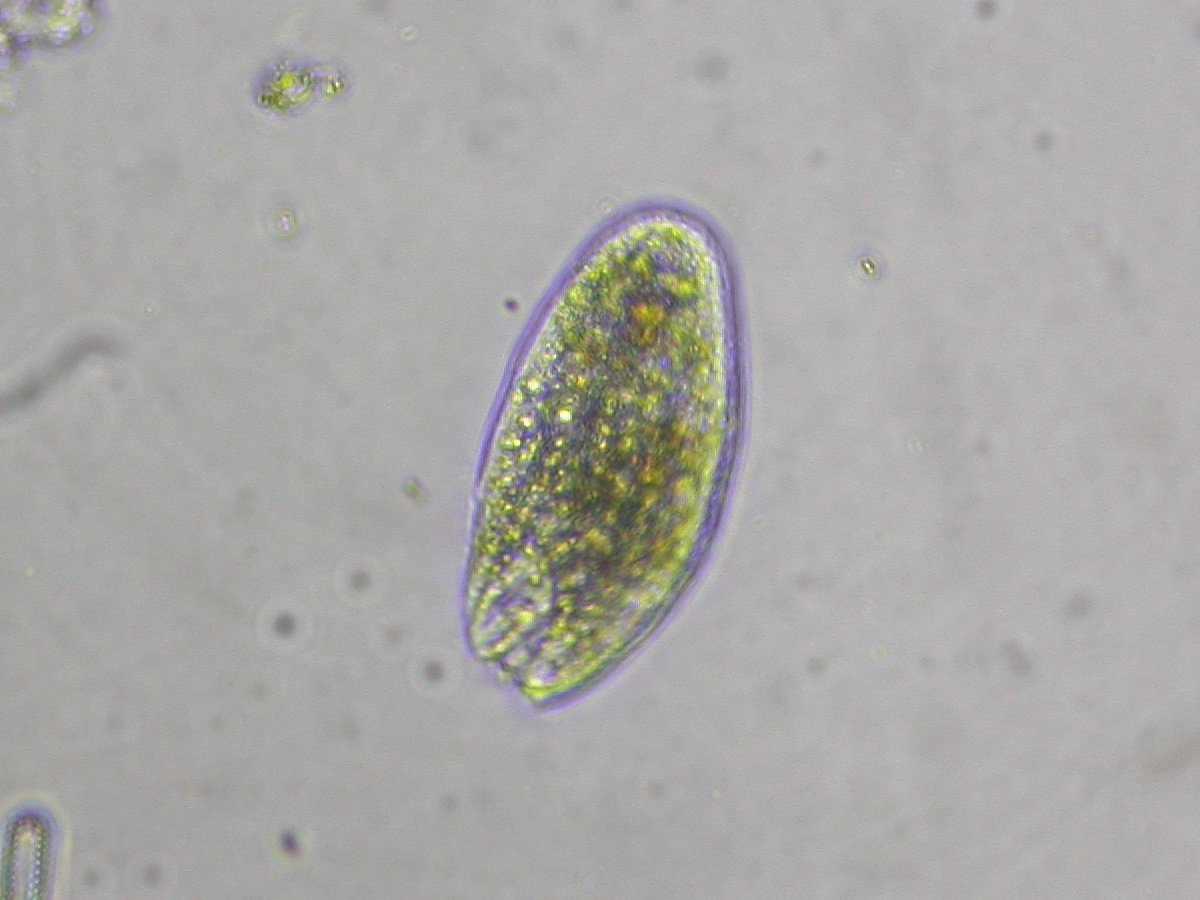
Protozoa are single-celled organisms that thrive in the watery depths of the pitcher. Serving as both predators and janitors, they feast on bacteria and tiny particles, helping to keep the pitcher’s ecosystem in balance. Their presence may seem insignificant, but they play a crucial role in cycling nutrients and preventing the buildup of harmful waste. In this tiny world, protozoa are like the street sweepers and recyclers, quietly ensuring that the system keeps running smoothly for everyone else.
Midges and Mosquitoes: Unlikely Allies
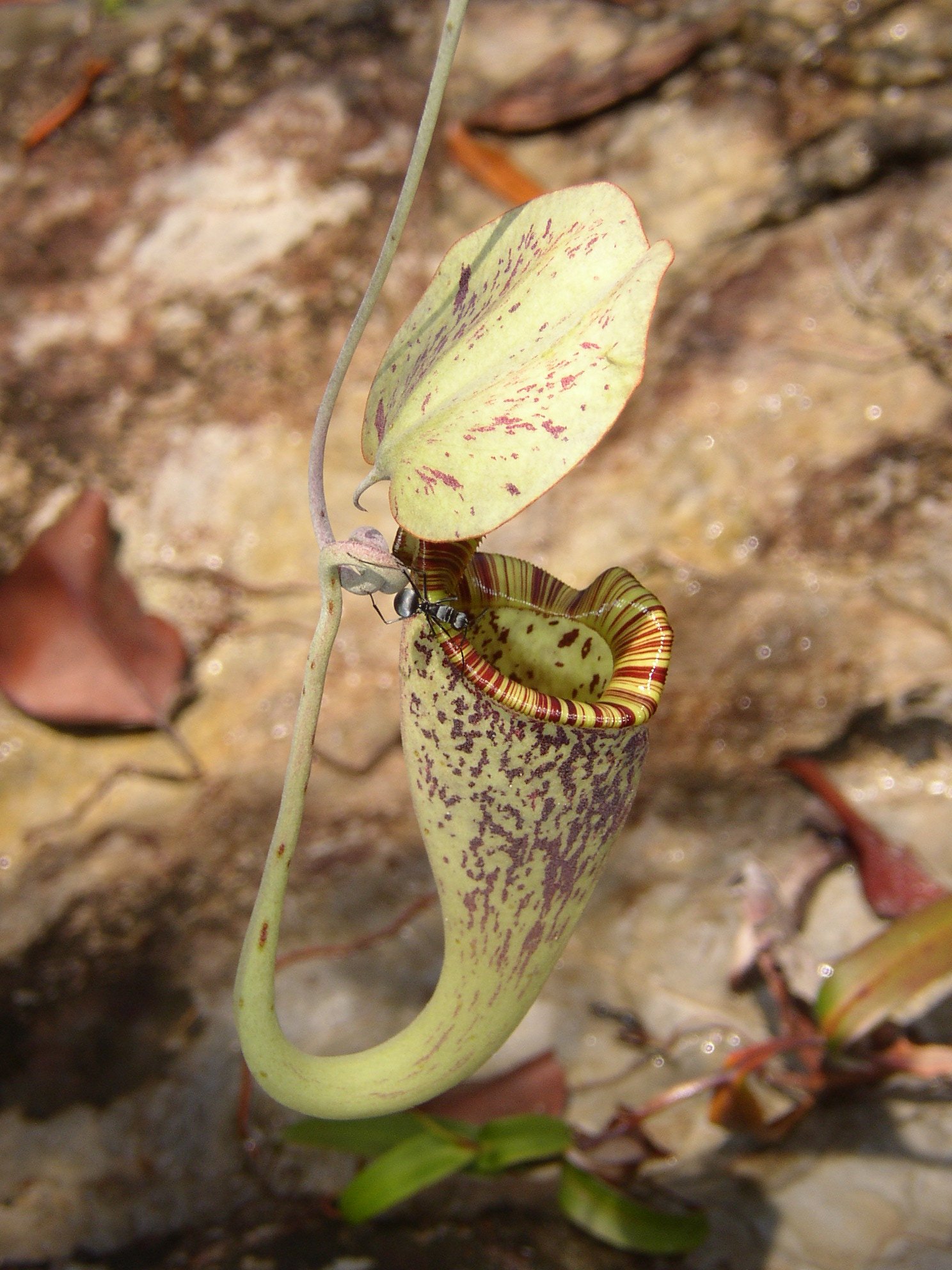
It’s hard to believe, but some species of midges and mosquitoes have actually formed a symbiotic relationship with the pitcher plant. Their larvae, immune to the plant’s digestive juices, feed on the detritus and decaying insects that fall into the pitcher. In doing so, they help break down prey into smaller pieces, making it easier for the plant and its bacterial partners to absorb nutrients. This unlikely partnership means that what should be a predator-prey relationship has, in some cases, evolved into mutual aid—a stunning twist in the story of survival.
Frogs and Spiders: Unexpected Guests

In some pitcher plants, particularly those large enough to hold a significant volume of water, tiny frogs or even spiders take up residence. These animals use the pitcher as a safe haven from predators, laying eggs or simply hiding out during the day. Some spiders build webs just above the opening, taking advantage of the insect traffic drawn by the plant’s nectar. In a remarkable example from Southeast Asia, the aptly named “pitcher plant frog” can be found breeding in these watery chambers, its tadpoles developing in the nutrient-rich liquid.
Mutual Benefits: How Everyone Wins
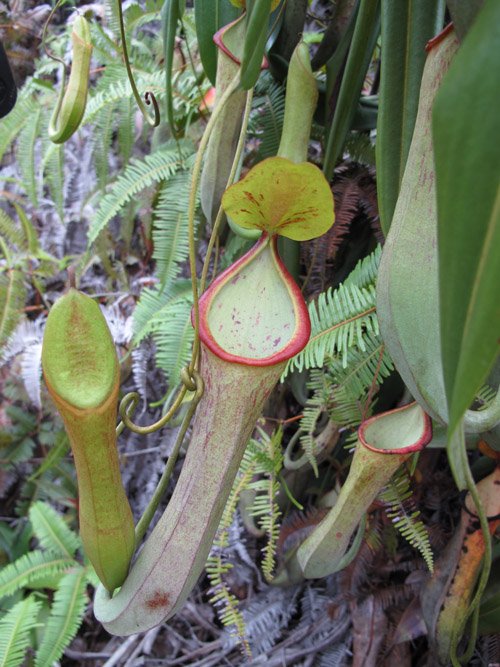
The relationships inside a pitcher plant are more than mere chance encounters. In many cases, the plant and its tiny tenants benefit from each other’s presence. The larvae and microbes that break down prey make it easier for the plant to absorb nutrients. In return, the plant offers a relatively safe, resource-rich environment in a habitat where competition is fierce. This delicate balance is a living example of how even the deadliest traps can become sanctuaries, supporting life in the most unexpected ways.
Competition and Conflict: A Miniature Jungle
Within the tight confines of a single pitcher, competition for resources can be intense. Mosquito larvae, midge larvae, and protozoa all vie for the same food—detritus and bits of insect prey. Some species even prey on each other, turning the pitcher into a tiny battleground. This constant struggle shapes the ecosystem, with only the most adaptable surviving from one season to the next. The result is a dynamic, ever-changing community that mirrors the larger ecosystems of forests and jungles, just in miniature.
The Pitcher Plant’s Role in Its Wider Ecosystem
While the inside of a pitcher plant is a world unto itself, these plants also play a vital role in their broader environment. By capturing and recycling nutrients from insects, pitcher plants help enrich the soil in otherwise barren areas. Their nectar and flowers attract a variety of pollinators, supporting local biodiversity. The creatures that live inside the pitchers sometimes become prey for larger animals, linking the miniature ecosystem of the pitcher to the wider web of life in the forest or bog.
What We Can Learn from Nature’s Living Vessels

The ecosystem inside a pitcher plant is a testament to nature’s ingenuity—how life adapts, persists, and even thrives in the most unlikely places. Studying these microcosms helps scientists understand broader ecological principles, such as food webs, mutualism, and adaptation. For nature lovers and curious minds, the pitcher plant offers a window into a world that is both beautiful and brutal, fragile and resilient. Isn’t it amazing how much life can flourish inside a single, deadly flower?

